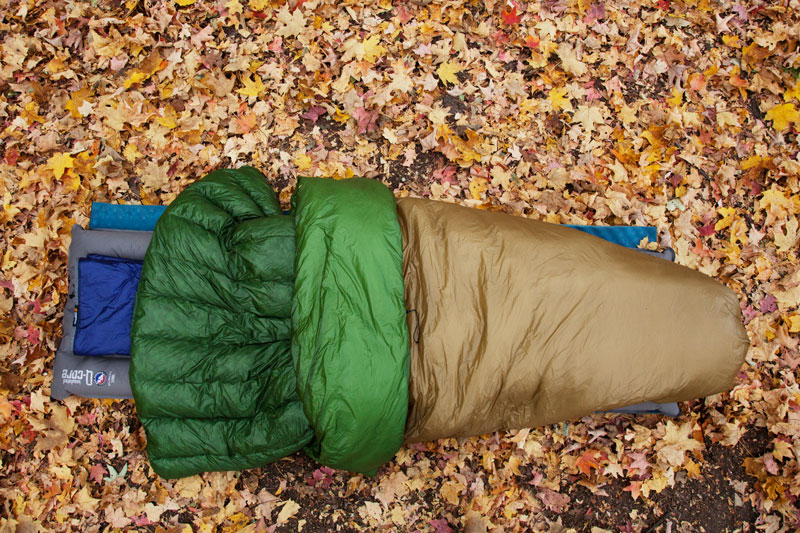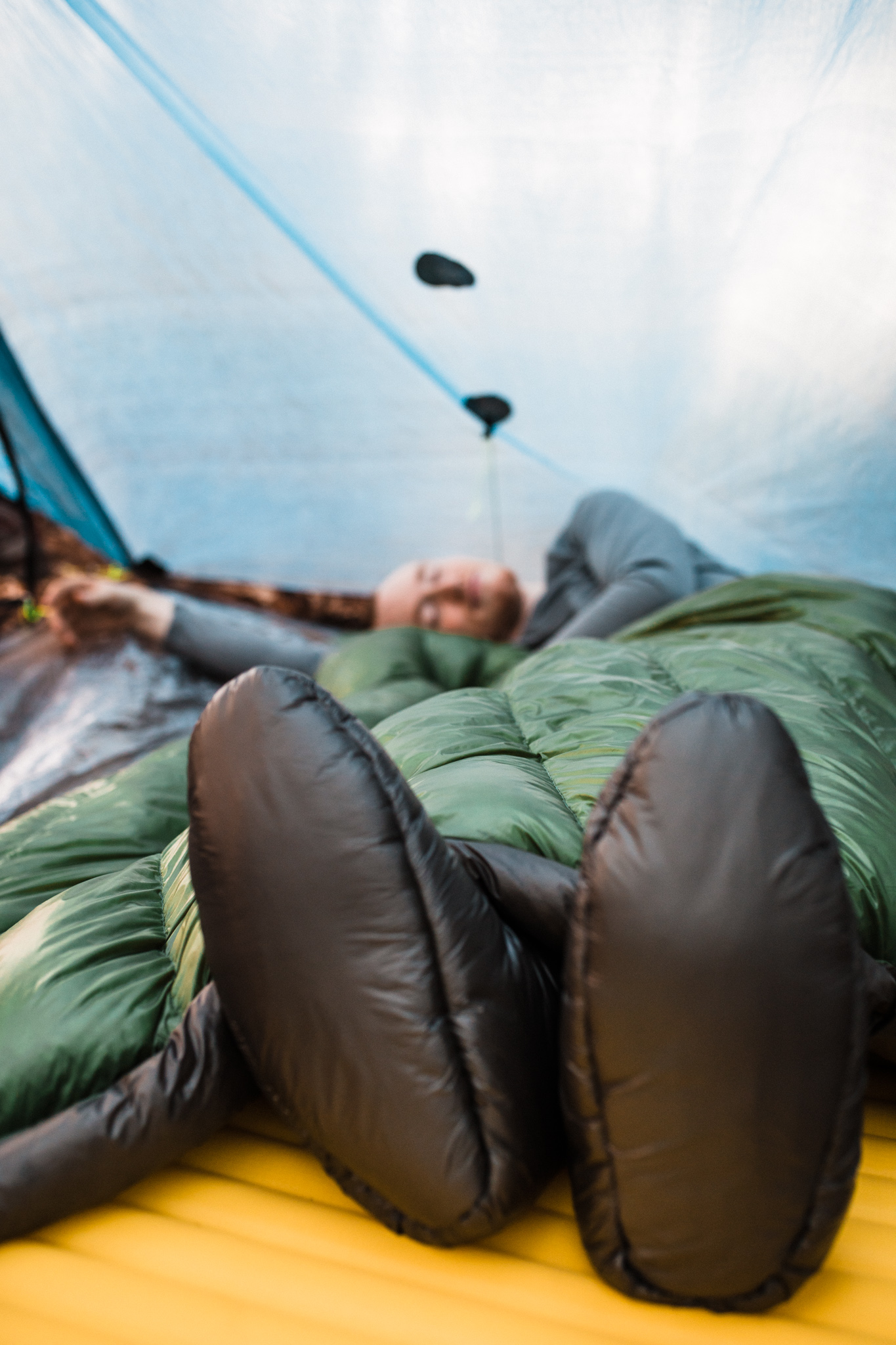Winter Backpacking & Quilt Layering Systems
Introduction
Winter backpacking offers great opportunities for peace and stunning natural beauty, but it can be hard to stay warm while sleeping. One effective way to stay warm in freezing temperatures is by layering multiple sleep systems. In this article, we will explore the benefits and techniques of layering backpacking sleeping quilts for winter adventures.
Layering Sleep Systems
Layering sleep systems not only provides extra insulation for camping in cold weather but also helps save money. By combining two quilts with different temperature ratings, you can achieve different levels of warmth. For example, using a quilt rated for 40°F in the summer, another rated for 20°F in the milder seasons, and combining them in winter can give you a rating of -10°F without needing an expensive sleeping bag designed for extremely cold temperatures.
To estimate the temperature rating of combined sleep systems, you can refer to the chart below or use the ratings of each quilt. By comparing the ratings, you can get an idea of how warm the combination will be. Just remember that everyone's preferences and ability to handle the cold can vary.

We recommend having an APEX quilt as the outside quilt layer, preferably a quilt with a sewn in footbox and a Down quilt as the inner layer quilt. As far as Temperatures for the layers go, the APEX outer layer will have a higher rating while the Down Inner layer is lower. For example, the outer is 40° paired with a 20° inner. Make sure the compartments that hold the insulation line up properly to avoid cold spots. Using a quilt with synthetic materials on the outer layer can help manage moisture and condensation. If condensation becomes a problem, you can use a vapor barrier and secure the quilts to your sleeping pad with a reliable attachment system.

Quilts and Sleeping Bags
Alternatively, instead of using two quilts, you can combine a sleeping bag or mummy bag with one quilt for added flexibility. This allows you to adjust your insulation based on the weather conditions. Make sure the gear fits well and keep drafts to a minimum for maximum comfort.
Winter camping requires preparation and knowing your limits. Test your gear in safe environments, wear warm clothes as the first layer, and bring enough insulation clothing. Let others know about your plans and make safety a priority during cold weather backpacking trips.
Conclusion
Layering backpacking sleeping quilts for winter is a smart and affordable way to stay warm in extremely cold temperatures. By combining different sleep systems, you can customize your insulation and have amazing camping experiences in cold weather.




